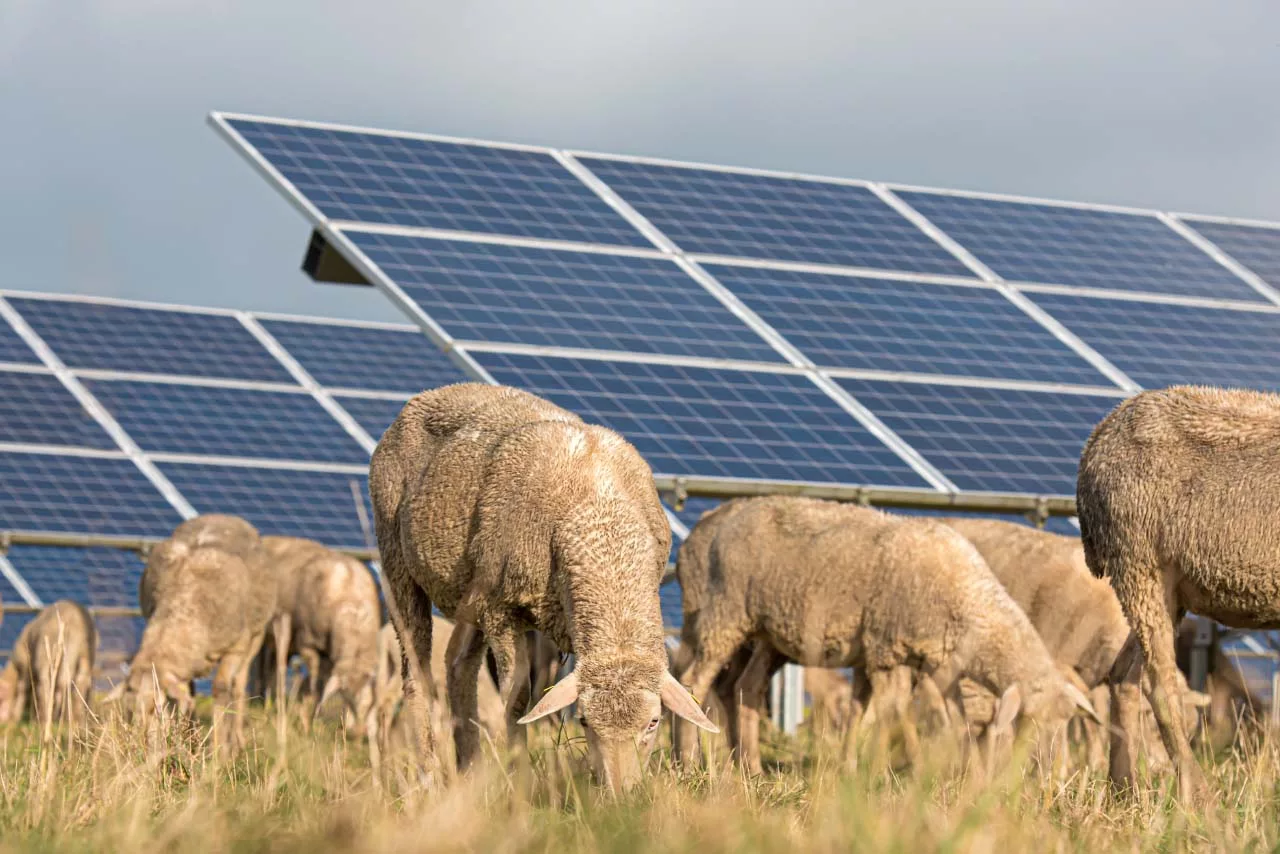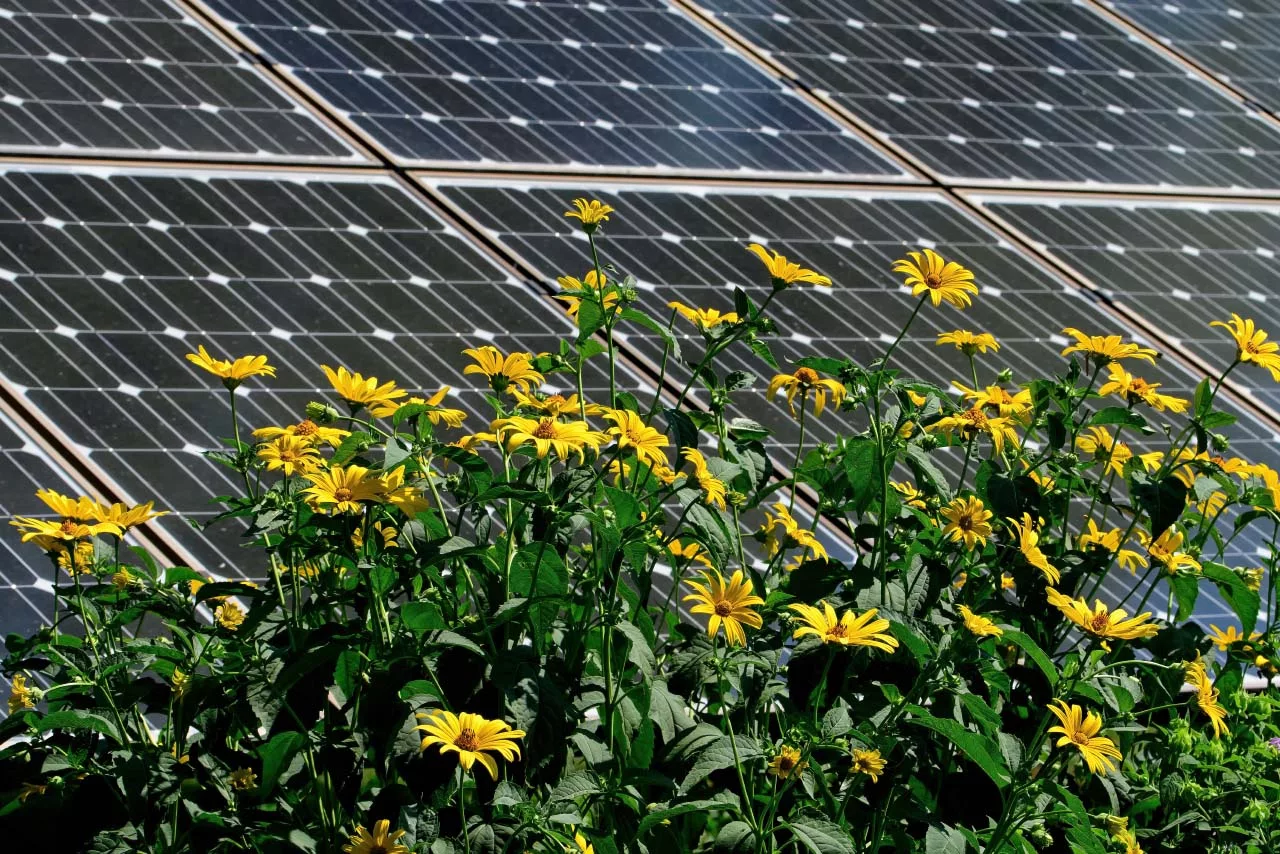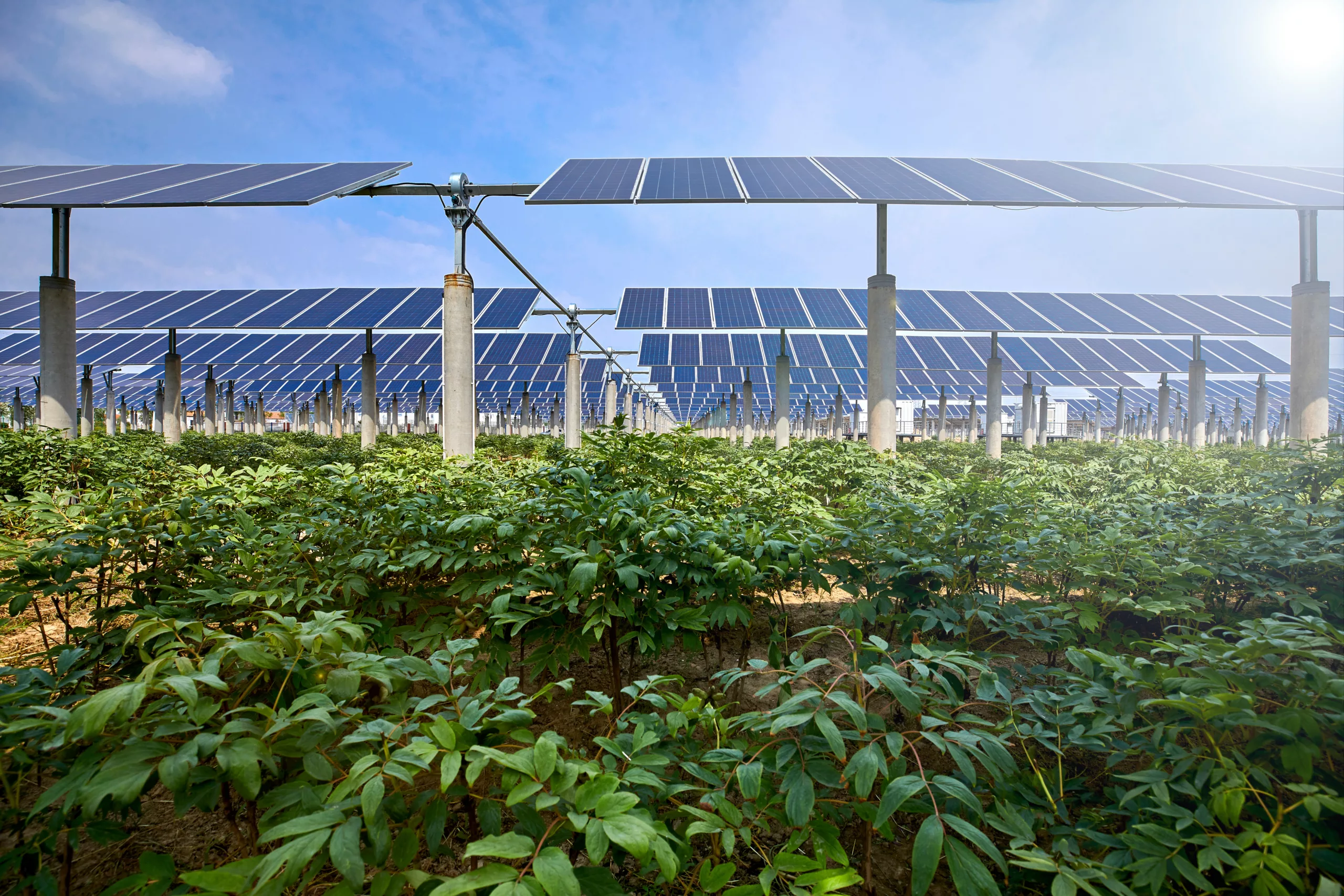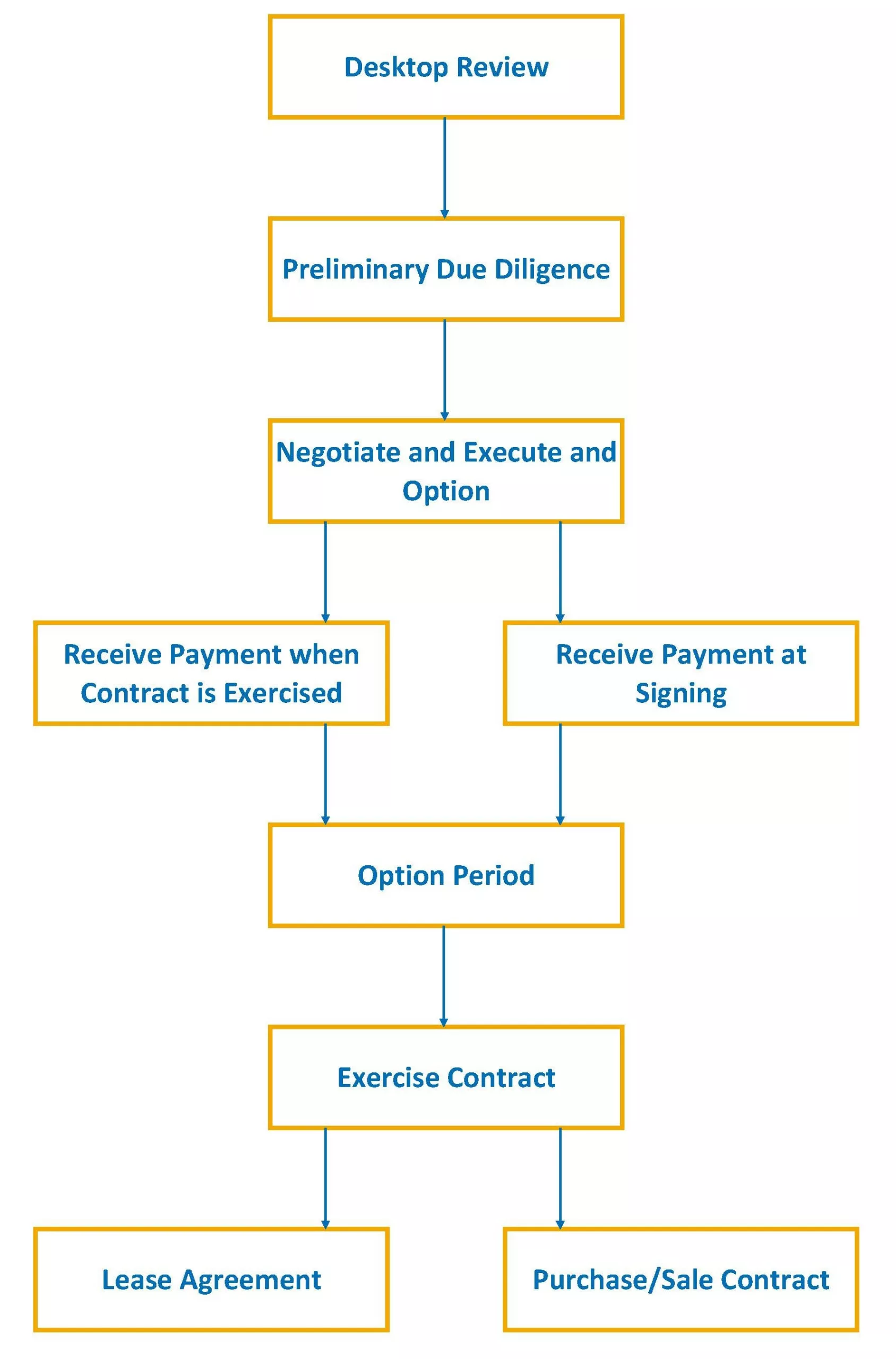Community Solar
What it is
Community Solar are typically small- to medium-sized solar installations, called solar farms, where electricity is produced at one location and is purchased by individuals at another location. The solar farm sends the electricity to the utility grid, and subscribers then receive credit for their electricity bill for their share of the electricity produced. The subscribers do not own the solar panels, so they do not have to pay the high up-front investment for the solar panels, and the owner(s) of the land and solar panels receive steady, reliable passive income.
The passage of the Inflation Reduction Act (IRA) in 2021 has led to massive funding increases for Community Solar and other solar projects. Projects that weren’t worth pursuing even a few years ago now have the chance to be high-quality investments. With this additional funding, we want to help you get solar!
Benefits

□ Passive income: Get reliable, predictable passive income for the life of the solar farm, typically 20-25 years.
□ Low maintenance: Solar farms need only minimal maintenance, typically only occasional mowing to keep plants from growing taller than the solar panels. This maintenance is mainly done by the solar management company, leaving you free for other pursuits.

□ Let your land rest: Let your land grow fallow while still being productive and making you money! Solar farms let your land rest and recover from intensive farming.
□ Certain crops or livestock: Certain crops (herbs and various heirloom tomatoes and peppers) and livestock (sheep) can live and thrive among solar panels. Having sheep also removes the need for mowing, as the animals will take care of that problem by grazing.

□ Support local ecosystems: Let native plants grow, or purposefully plant pollinating plants to help create habitat and support local ecosystems. This report shows solar farms can improve soil health, retain water, support native species, and more.
□ Produce local zero-carbon energy: Solar farms produce electricity without any local emissions or pollution.

Siting
Topography: Relatively flat land is ideal for solar installations. A slight slope of less than 15% (3 ft of rise for every 20 horizontal feet) is fine as long as the slope is not north-facing.
Zoning: The land must be zoned as “as-is” with a Zoning Variance, or a Conditional Use Permit for a solar farm.
Electrical Distribution: The land must be near distribution lines, specifically 3-phase lines, as building long electrical lines makes project financing untenable. Ideally, the land will be near a substation.
Land Type: Most types of land are viable for solar. An example of unacceptable land for solar is wetlands, as electrical power equipment needs to be placed.
Land Acquisition Process
Interested in your land becoming a Community Solar site? Here is the process from initial review to final lease or sale.
Desktop Review: We will conduct a desktop review of the land. We will look at satellite data and do a basic solar model and feasibility study to determine if moving on to the next step is attainable.
Preliminary Due Diligence: Over approximately 45-60 days, ICAST will conduct site visits for land surveys, analyze the characteristics of the land to determine if they are favorable to solar installations, pre-screen connectivity with the local Utility company, and establish orientation and sizing of the potential solar installation.
Negotiate and Execute an Option: ICAST and the Landowner will negotiate an Option. Land will be leased or purchased depending on negotiations. Other discussion points include price, lease term, and allowable uses of the land.
Receive Payment: The Landowner has the choice to receive the Option payment at the time of signing or defer payment until the Lease or Sale Contract is exercised. The Landowner will receive a larger Signing Bonus if payment is deferred until Contract is signed, as per the agreed-upon terms.

